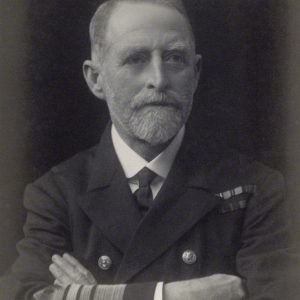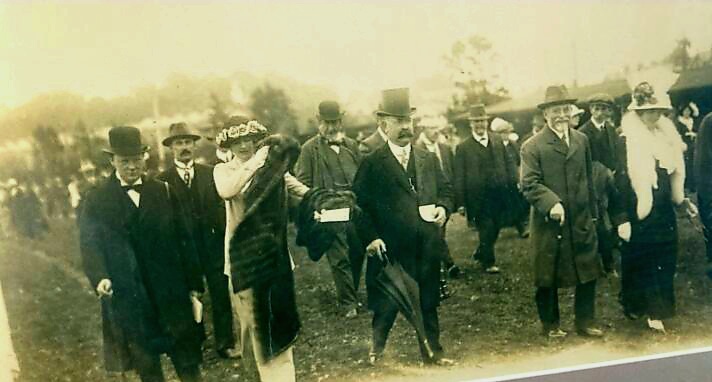going back to my roots

Old Graveyards are fascinating places. They encourage contemplation, resonate a sense of calm and serenity and give off an aura of bygone eras, long past. All those weathered headstones and their occupants below are in many ways a biography of the community – Each one left a footprint, each one had a story to tell. There’s a few of my own kin dotted around the county resting in such places. Most of them besides of my parents, who abide in Topsham cemetery, are now best remembered by faded photographs or very, very distant memories but there’s one pairing who had a big influence on me even though I never met them. For me finding their grave was a bit of unfinished business – an acknowledgement to their roots and shoots if you want – last week I finally went and located it. When I was growing up the walls of our house were adorned with the water colour pictures of seventeen warships dating from around 1870-1910. They included Corvettes with sails such as HMS Druid through to formidable Dreadnoughts like HMS Cornwallis, which was depicted ploughing through heavy seas with its array of 12 pounder guns ready for action. The story that linked them all was my Great Grandfather Sir Charles Henry Coke KCVO. He had joined the Navy as a Midshipman but had risen through the ranks, ending up as a Rear Admiral. In his later years of service he had been the Naval Commander in Jamestown (re’ Cork) when the Lusitania was sunk and had been unfairly scapegoated in some quarters for the disaster. Upon his retirement to Exmouth (where he lived out his days) he commissioned an artist to paint all 17 vessels as he had either served on or commanded them. Eventually they’d been passed down to my Dad. Those traditions of the Navy were a big thing in our family especially as he and my uncle had served in the Marines, so the pictures always took pride of place and served as a looking glass to former generations. Ultimately though, despite the pictures, it was Sir Charles’ wife Anne Marie Fergusson who’d end up impacting me more. Years later her niece Beattie would become my godmother. She was an amazing woman who spoke 5 languages and had been an active member of the Special Operations Executive in WWII. In her later years we’d lunch at the Special Forces Club in Knightsbridge where she was treated like a Queen and the Saki bowls she’d plucked from the radioactive dust of Hiroshima were proudly displayed in a trophy cabinet. Towards her end I’d drive her round Berkshire where she lived in a nursing home. We’d visit tea rooms and her favourite restaurants and she’d serenade me with stories of countries afar and characters alike. On one occasion the 9th Baronet of the Fergusson clan turned up for lunch. By the time I’d helped Beattie into the car later on he’d already invited Connor (my son) and I to stay in his castle in Ayrshire. We ended up having two awe inspiring weekends there – where our bedroom was bigger than my flat and where we were stood like giants in a magical land. Fast forward a few years and Beattie would have passed and the heirlooms of the 17 ships would have been broken up after my parents took the high road too. I’d keep two of them but would also end up inheriting the Admiral’s Sea Chest. It had always been a fixture in our house since I could first remember and as kids we used to play hide and seek in it, but it had seen better days. Upon moving back to Devon I spent a princely sum and did it up but knew the full circle would never be complete until I’d found my Great grandparents grave and honoured those roots and shoots. Aware that were in
Littleham cemetery in Exmouth the parish office were brilliant providing the plot number (it was so easy) and all be it….a few years late, me and my brother Henry – he’s the family archaeologist – made the visit. Much of the cemetery there like our own in Exminster is allowed to grow wild before sections are cut back so we were met with a carpet of oxeye daisies and other wild flowers which would have made finding the grave akin to locating a needle in a haystack. Thankfully though the Sexton Shaun was on hand to aid us in completing our search and he was soon pointing at a weathered granite Celtic Cross. The inscription was still clear in its lead ink and the closure of finding it brought a tear to my eye. Both of them had lived a life with a story to tell which indirectly had more than enhanced my own. It felt really good to find them and to let them know I’d be back and they’d never be forgotten. There’s so much more to these places including our own in Exminster which always intrigues me. There’s a history down below and sometimes a little dig uncovers much.
